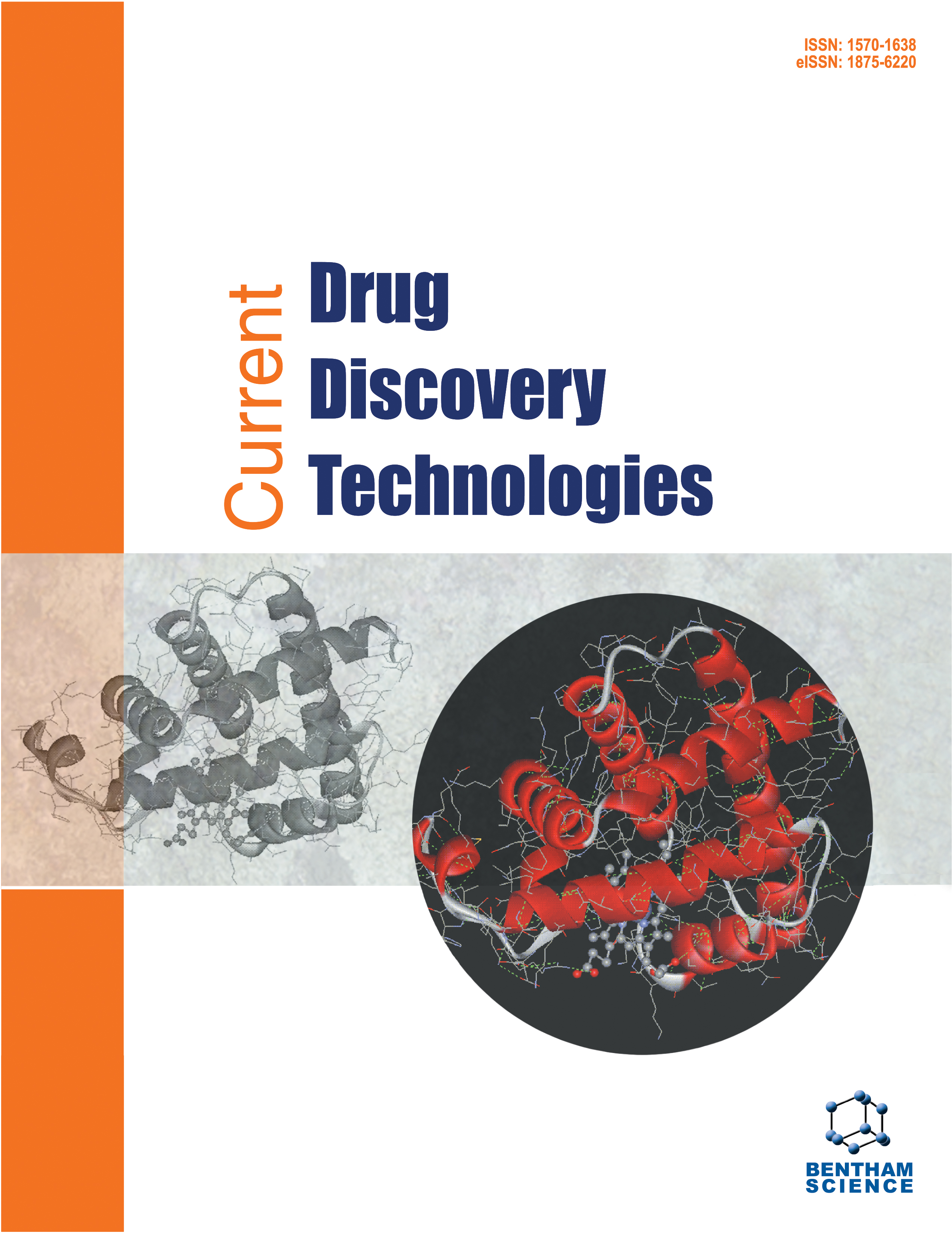- Home
- A-Z Publications
- Current Drug Discovery Technologies
- Previous Issues
- Volume 12, Issue 1, 2015
Current Drug Discovery Technologies - Volume 12, Issue 1, 2015
Volume 12, Issue 1, 2015
-
-
Targeted Cancer Therapy: The Next Generation of Cancer Treatment
More LessCancer is one of the leading causes of death in the United States along with heart disease. The hallmark of cancer treatment has been conventional chemotherapy. Chemotherapeutic drugs are designed to target not only rapidly dividing cells, such as cancer cells, but also certain normal cells, such as intestinal epithelium. Over the past several years, a new generation of cancer treatment has come to the forefront Read More
-
-
-
Hair Growth: Focus on Herbal Therapeutic Agent
More LessAuthors: Satish Patel, Vikas Sharma, Nagendra S. Chauhan, Mayank Thakur and V.K. DixitThis review presents an overview on plants identified to possess hair growth activity in various ethno-botanical studies and surveys of tradition medicinal plants. It also highlights the developments in hair rejuvenation strategies from 1926 till-date and reviews the potential of herbal drugs as safer and effective alternatives. There are various causes for hair loss and the phenomenon is still not fully understood. The treatments Read More
-
-
-
Repulsive Apoptosis During Exposure of Mesencephalic Neural Stem Cells to Silver Nanoparticles in a Neurosphere Assay In Vitro
More LessAuthors: Masami Ishido, Eiko Shimaya, Rumiko Usu, Yoshika Kurokawa and Seishiro HiranoNeurodevelopmental toxicity of silver nanoparticles (AgNPs) remains largely unknown. In this study, we applied a neurosphere assay for neurodevelopmental effects of AgNPs. The neural stem cells were isolated from rat mesencephalon. They were cultured as a sphere. In an assay with coated plates, cells appeared by anchoraging on the dish and then started to migrate along the radial axis from the neurosphere. A Read More
-
-
-
State of the Art Detection System for Curcumin Analog
More LessIn spite of the need for sensing bisdemethoxycurcumin analog (BDMCA), there is no detection system available so far. For the first time, we have demonstrated a sensing system for detecting BDMCA. Initially, chitosan thin films of three different molecular weights (low, average, high) were tested for the conductivity. The high molecular weight chitosan film was found to produce higher conductance and hence, used as the s Read More
-
-
-
In Vitro Protective Potentials of Annona muricata Leaf Extracts Against Sodium Arsenite-induced Toxicity
More LessSodium arsenite (NaAsO2) is a metalloid which is present widely in the environment and its chronic exposure can contribute to the induction of oxidative stress, resulting in disturbances in various metabolic functions including liver cell death. Hence, there is a need to develop drugs from natural sources, which can reduce arsenic toxicity. While there have been reports regarding the antioxidant and protective potentials of Read More
-
Volumes & issues
-
Volume 22 (2025)
-
Volume 21 (2024)
-
Volume 20 (2023)
-
Volume 19 (2022)
-
Volume 18 (2021)
-
Volume 17 (2020)
-
Volume 16 (2019)
-
Volume 15 (2018)
-
Volume 14 (2017)
-
Volume 13 (2016)
-
Volume 12 (2015)
-
Volume 11 (2014)
-
Volume 10 (2013)
-
Volume 9 (2012)
-
Volume 8 (2011)
-
Volume 7 (2010)
-
Volume 6 (2009)
-
Volume 5 (2008)
-
Volume 4 (2007)
-
Volume 3 (2006)
-
Volume 2 (2005)
-
Volume 1 (2004)
Most Read This Month
Article
content/journals/cddt
Journal
10
5
false
en


